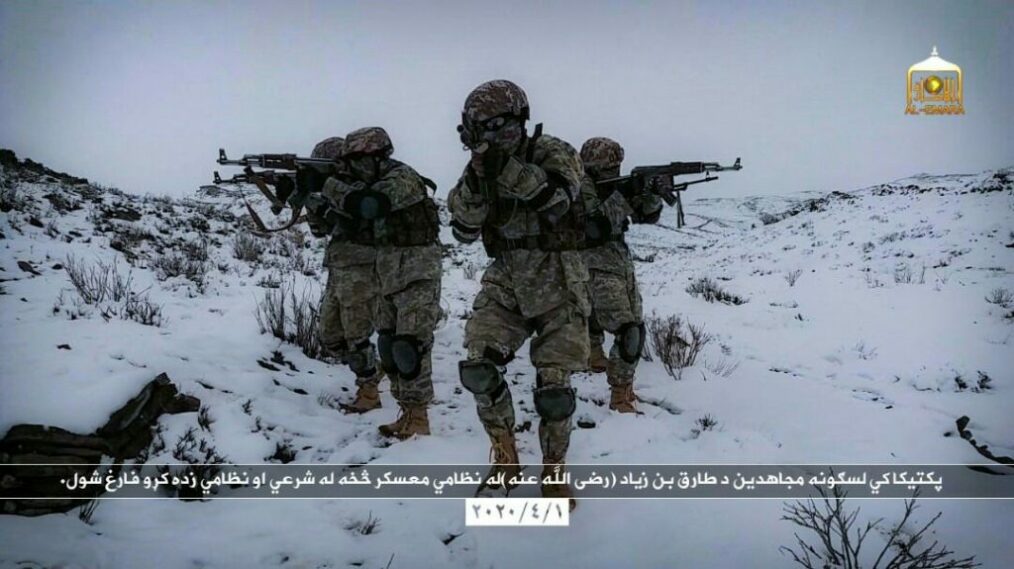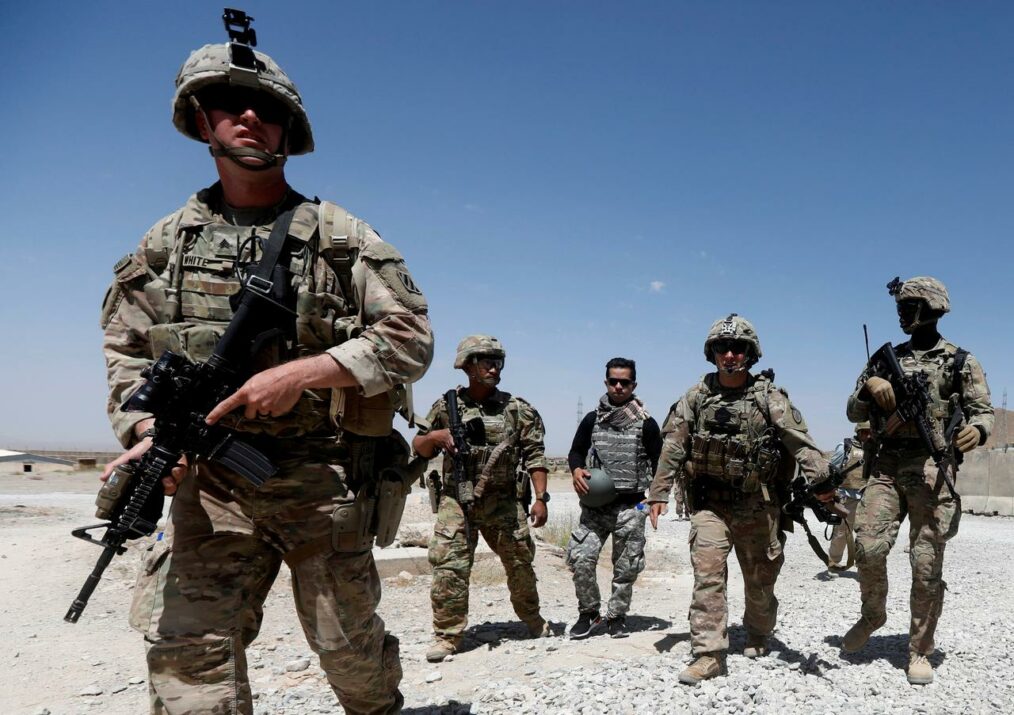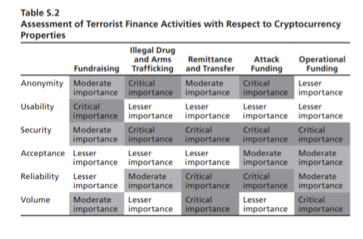It is often surmised that modern conflict is characterized by a steady decline in inter-state warfare and increased conflict perpetrated by illegal non-state actors. In the current context, assumptions about a post-COVID-19 world and conflict add to this discussion as it will present a range of unique challenges to the international community. More specifically, COVID-19 will prove to be another factor in the decline of inter-state warfare, but provide a unique opportunity for terror cells and other illegal sub-national organizations to extort at the same time.
Due to the vast economic measures directed to fight the virus domestically as well as funding to support individuals and businesses during mandated lockdown measures, states will have to reexamine their national budgets. Countries will struggle to maintain pre-COVID-19 military spending, especially as citizens’ concerns shift from international affairs to domestic issues.
One only needs to read Geoffrey Blainey’s The Causes of War to get a grasp of his accurate argument that optimism guides a nation’s decision to go to war. Nations have been more inclined to go to war when they are more optimistic of victory and all it takes is one actor’s pessimism to favor a peaceful outcome, even if it means acceptance of conditions that may be less than favorable. COVID-19 has reduced optimism in states around the world. For example, the United Kingdom’s furlough scheme is estimated to have cost the country £60 billion (approximately $76.1 billion USD) between March and July. As nations look to rebuild their coffers, military spending will inevitably fall and with it, public support for military activity abroad.
This leads to the question: what does this mean for Afghanistan and American military engagement in the country?
Firstly, the pandemic has resulted in reduced military activity. As noted in outside analysis, COVID-19 has “prompted the United States and its partners to pause wargaming exercises that are meant to reassure allies and bolster readiness to protect the health of its military members.”
Not only does the U.S. need to keep a close watch over its military spending, but it also needs to keep a closer watch over the health of its fighters. Sailors and soldiers in the field are among the most vulnerable because they are packed together. In addition, it has been noted that, “Ground campaigns in urban areas pose still greater dangers in pandemic times. Much recent ground combat has been in cities in poor countries with few or no public health resources, environments highly favorable to illness. Ground combat also usually produces prisoners, any of whom can be infected.”
Therefore, these factors will result in a growing trend of reluctance of countries to engage, especially those like the U.S. who have entered into conflicts under the banner of the responsibility to protect. This reluctance will also result from social pressures. It is easier for a state to promote counter-terrorism operations when its citizens believe they are directly at risk of becoming a victim of terror. On the other hand, expectations of governments shift when citizens are faced by other threats to their livelihood, such as a pandemic like COVID-19. Support for actions abroad will undoubtedly waver.
COVID-19 and the reaction from the international community will inevitably impact the Afghan government, which was characteristically fractious long before the pandemic. Afghanistan has long struggled with a subpar health care system and the pandemic has only reiterated these struggles. A 2015 study determined that, “For one in five people, a lack of access to health care had resulted in death among family members or close friends within the last year.” Further, the U.S. Embassy in Afghanistan reports, “Afghanistan has a total of 35,526 confirmed cases of COVID-19 (Coronavirus) and 1,185 deaths attributed to the disease (Ministry of Public Health).”
The increasing number of cases and evident lack of access to appropriate health care facilities presents an even bigger challenge to a government already stretched thin by the ongoing conflict with the Taliban. President Ashraf Ghani’s government continues to pursue medical relief and stimulus packages including the allocation of “$86 million and then $158 million in the second phase to provide food to people across the country.” However, the critics fear the program will become riddled with corruption, a disease of its own within Afghan leadership. A free bread distribution program set up earlier in the year was found to be compromised by corruption.
Whilst the Afghan government battles corruption, a pandemic and wavering international support, the Taliban continue to launch attacks and publicly blame the Afghan government for the delay in the intra-Afghan peace process. Whilst the ongoing pandemic provides challenges to governments across the world it also provides a unique opportunity for terror organizations to take advantage of these pessimistic and economically weakened states.
As the government diverts security to hospitals as the number of patients rise by the day, the Taliban has taken advantage of the situation launching a range of attacks across the country in an attempt to gain an advantage over the Afghan government before peace talks begin.
Another pressing issue is that of prisons where thousands of Taliban fighters (as well as those of other groups) are incarcerated. It is common knowledge that prison conditions are favorable to the spread of disease. This will present an even greater challenge to a government already stretched thin on the ground.
Thus, it is integral that whilst the U.S. faces domestic pressure, they remain focused on their longest war. The US will need to accept responsibility for the situation in Afghanistan and continue its facilitation of intra-Afghan talks. Though the U.S. and other stakeholders will face increased pressure to reduce military activity in Afghanistan, continued support for the Afghanistan government, especially in the run up to peace talks, is essential. This is extremely important as the Taliban strive to gain any increased bargaining power over a weakened Afghan government.








